A new film about the discovery of the Higgs Boson, followed by an audience Q&A.

From the Particle Fever website:
Imagine being able to watch as Edison turned on the first light bulb, or as Franklin received his first jolt of electricity.
For the first time, a film gives audiences a front row seat to a significant and inspiring scientific breakthrough as it happens. Particle Fever follows six brilliant scientists during the launch of the Large Hadron Collider, marking the start-up of the biggest and most expensive experiment in the history of the planet, pushing the edge of human innovation.
As they seek to unravel the mysteries of the universe, 10,000 scientists from over 100 countries joined forces in pursuit of a single goal: to recreate conditions that existed just moments after the Big Bang and find the Higgs boson, potentially explaining the origin of all matter. But our heroes confront an even bigger challenge: have we reached our limit in understanding why we exist?
Directed by Mark Levinson, a physicist turned filmmaker, and masterfully edited by Walter Murch (Apocalypse Now, The English Patient), Particle Fever is a celebration of discovery, revealing the very human stories behind this epic machine.
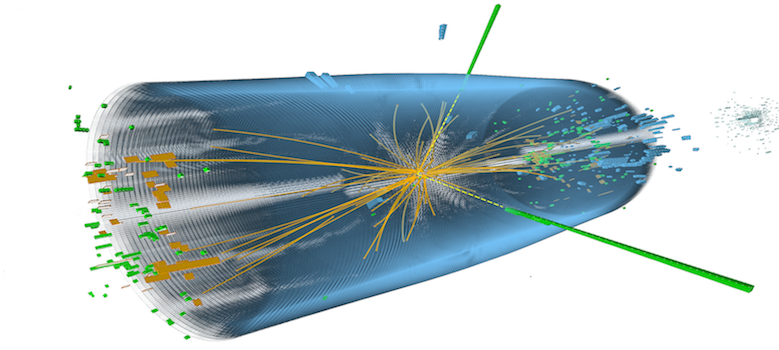
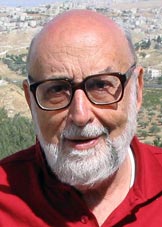
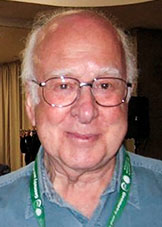
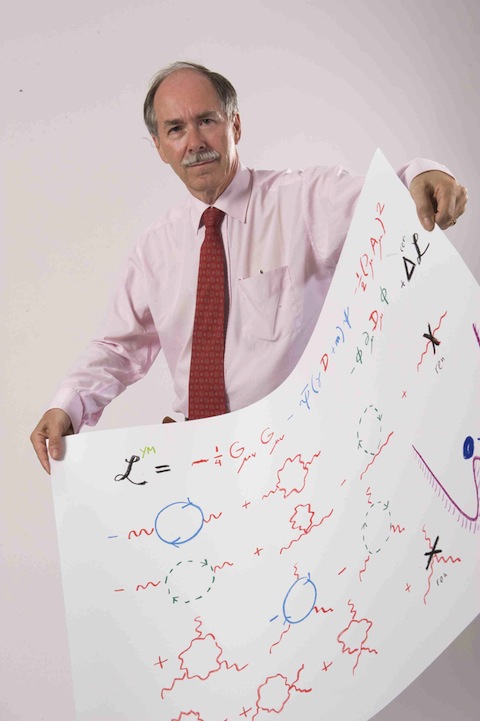
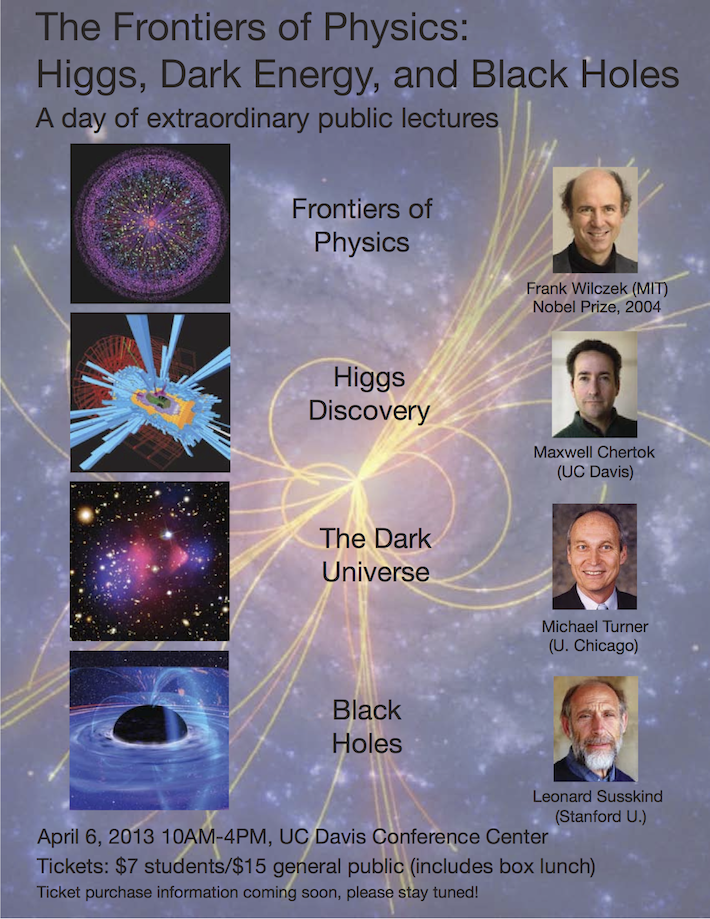
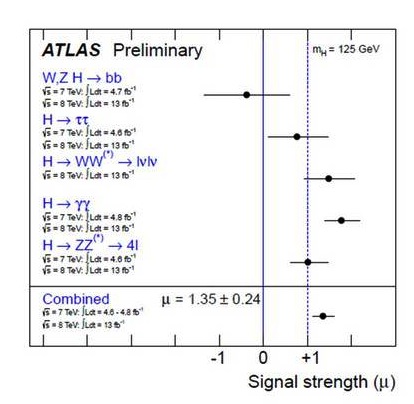
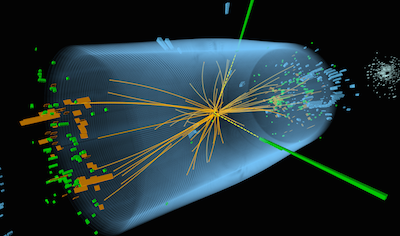 An single event in the detector that may have been the two photons resulting from decay of the resonance.
An single event in the detector that may have been the two photons resulting from decay of the resonance.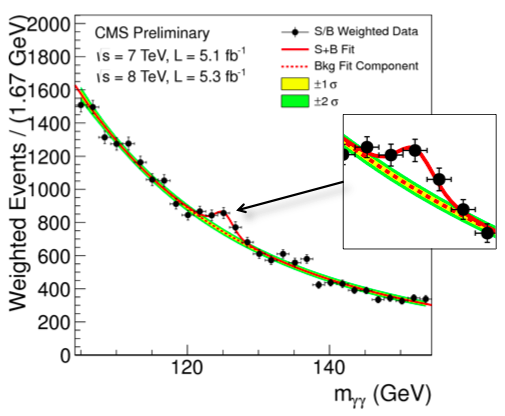 The boson shows upas a bump the distribution of two photon decays.
The boson shows upas a bump the distribution of two photon decays.
